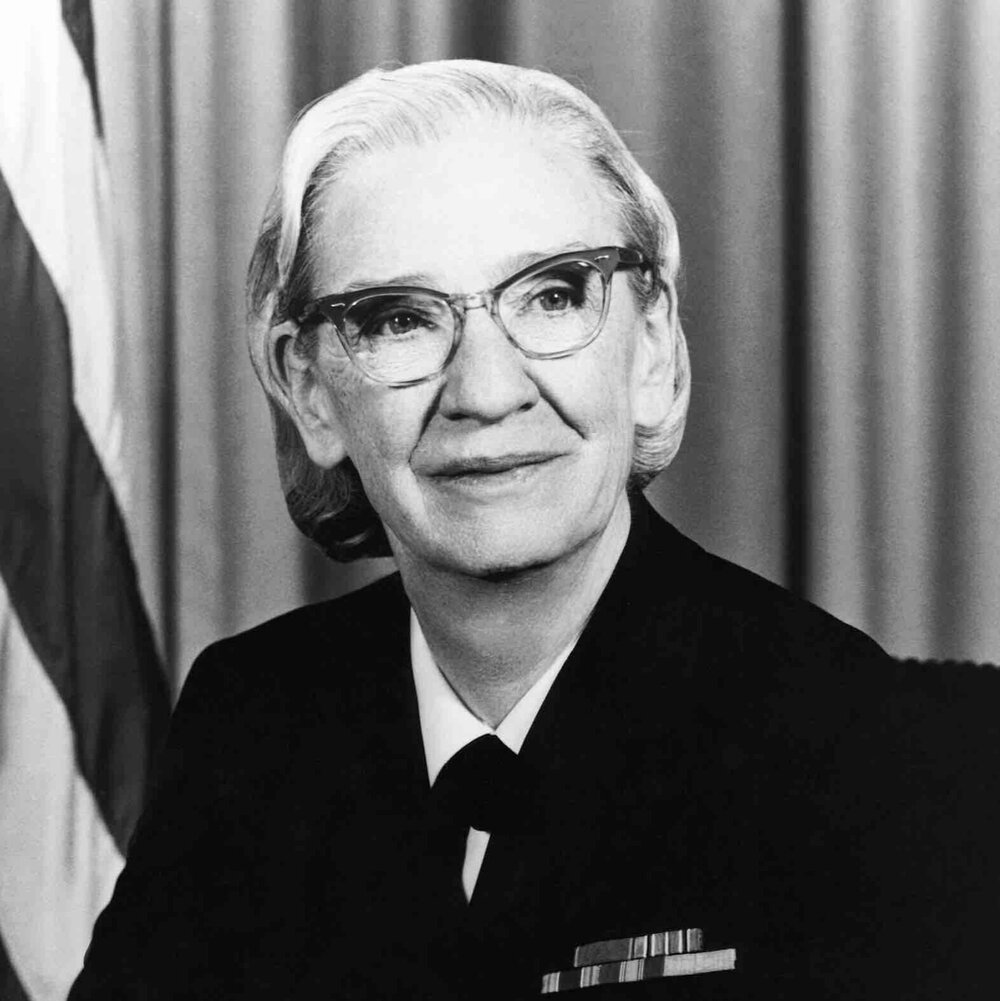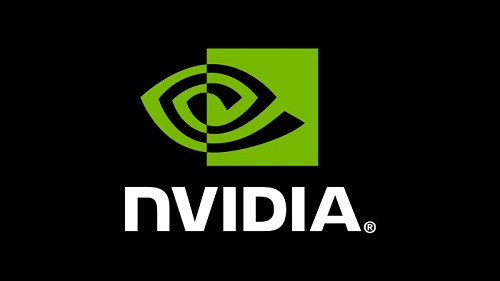 At GTC today, NVIDIA bolstered its “AI data center” technology with the launch of the Hopper architecture for accelerated computing, delivering what the company said is an order of magnitude performance improvement over its predecessor, Ampere, launched two years ago.
At GTC today, NVIDIA bolstered its “AI data center” technology with the launch of the Hopper architecture for accelerated computing, delivering what the company said is an order of magnitude performance improvement over its predecessor, Ampere, launched two years ago.
Named for Grace Hopper, a pioneering U.S. computer scientist, the company also announced its first Hopper-based GPU, the H100, with 80 billion transistors. Calling it the world’s largest and most powerful accelerator, NVIDIA said the H100 “has groundbreaking features such as a revolutionary Transformer Engine and a highly scalable NVIDIA NVLink interconnect for advancing gigantic AI language models, deep recommender systems, genomics and complex digital twins.”
“Data centers are becoming AI factories — processing and refining mountains of data to produce intelligence,” said Jensen Huang, founder and CEO of NVIDIA. “NVIDIA H100 is the engine of the world’s AI infrastructure that enterprises use to accelerate their AI-driven businesses.”
H100 Technology Breakthroughs The NVIDIA H100 GPU sets a new standard in accelerating large-scale AI and HPC, delivering six breakthrough innovations:
● The H100 is built using a cutting-edge TSMC 4N process designed for NVIDIA’s accelerated compute needs. It features advances to
accelerate AI, HPC, memory bandwidth, interconnect and communication, including nearly 5 terabytes per second of external connectivity, according to the company. NVIDIA said H100 is the first GPU to support PCIe Gen5 and the first to utilize HBM3, enabling 3TB/s of memory bandwidth. Twenty H100 GPUs can sustain the equivalent of the entire world’s internet traffic, making it possible for customers to deliver
advanced recommender systems and large language models running inference on data in real time.
● New Transformer Engine — Now a standard model choice for natural language processing, the Transformer “is one of the most important deep learning models ever invented,” the company said, adding that the H100 accelerator’s Transformer Engine is built to speed up these networks as much as 6x versus the previous generation without losing accuracy.
●

Grace Hopper (credit: Grace Hopper STEM Academy)
2nd-Generation Secure Multi-Instance GPU — MIG technology allows a single GPU to be partitioned into seven smaller, fully isolated instances to handle different types of jobs, NVIDIA said. The Hopper architecture extends MIG capabilities by up to 7x over the previous generation by offering secure multitenant configurations in cloud environments across each GPU instance.
● Confidential Computing — NVIDIA said the H100 is the world’s first accelerator with confidential computing capabilities to protect AI models and customer data while they are being processed. Customers can also apply confidential computing to federated learning for privacy-sensitive industries like healthcare and financial services, as well as on shared cloud infrastructures.
● 4th-Generation NVIDIA NVLink — To accelerate large AI models, NVLink combines with a new external NVLink Switch to extend NVLink as a scale-up network beyond the server, the company said, connecting up to 256 H100 GPUs at 9x higher bandwidth versus the previous generation using NVIDIA HDR Quantum InfiniBand.
● DPX Instructions — New DPX instructions accelerate dynamic programming — used in a range of algorithms, including route optimization and genomics — by up to 40x compared with CPUs and up to 7x compared with previous-generation GPUs. This includes the Floyd-Warshall
algorithm to find optimal routes for autonomous robot fleets in dynamic warehouse environments, and the Smith-Waterman algorithm used in sequence alignment for DNA and protein classification and folding.
“The combined technology innovations of H100 extend NVIDIA’s AI inference and training leadership to enable real-time and immersive applications using giant-scale AI models,” NVIDIA said. “The H100 will enable chatbots using the world’s most powerful monolithic transformer language model, Megatron 530B, with up to 30x higher throughput than the previous generation, while meeting the sub-second latency required for real-time conversational AI. H100 also allows researchers and developers to train massive models such as Mixture of Experts, with 395 billion parameters, up to 9x faster, reducing the training time from weeks to days.
The company said the H100 can be deployed in on-premises, cloud and hybrid-cloud data centers, and at the edge. It is expected to be available worldwide later this year from the cloud service providers and computer makers, as well as directly from NVIDIA.
NVIDIA also said it fourth-generation DGX AI system, the DGX H100, features eight H100 GPUs to deliver 32 petaflops of AI performance at new FP8 precision, providing the scale to meet the massive compute requirements of large language models, recommender systems, healthcare research and climate science.
NVIDIA said each GPU in DGX H100 systems is connected by fourth-generation NVLink, providing 900GB/s connectivity, 1.5x more than the prior generation. NVSwitch enables all eight of the H100 GPUs to connect over NVLink. An external NVLink Switch can network up to 32 DGX H100 nodes in the NVIDIA DGX SuperPOD supercomputers.
The company said Hopper has received support from cloud service providers Alibaba Cloud, Amazon Web Services, Baidu AI Cloud, Google Cloud, Microsoft Azure, Oracle Cloud and Tencent Cloud, which plan to offer H100-based instances.
Servers with H100 accelerators are expected from the systems manufacturers, including Atos, BOXX Technologies, Cisco, Dell Technologies, Fujitsu, GIGABYTE, H3C, Hewlett Packard Enterprise, Inspur, Lenovo, Nettrix and Supermicro.
H100 will come in SXM and PCIe form factors to support various server design requirements. A converged accelerator will also be available, pairing an H100 GPU with an NVIDIA ConnectX-7 400Gb/s InfiniBand and Ethernet SmartNIC.
NVIDIA’s H100 SXM will be available in HGX H100 server boards with four- and eight-way configurations for enterprises with applications scaling to multiple GPUs in a server and across multiple servers, according to the company. “HGX H100-based servers deliver the highest application performance for AI training and inference along with data analytics and HPC applications.”
The H100 PCIe, with NVLink to connect two GPUs, provides more than 7x the bandwidth of PCIe 5.0, “delivering outstanding performance for applications running on mainstream enterprise servers,” NVIDIA said. “Its form factor makes it easy to integrate into existing data center infrastructure.”
The H100 CNX, a new converged accelerator, couples an H100 with a ConnectX-7 SmartNIC to provide performance for I/O-intensive applications, such as multi-node AI training in enterprise data centers and 5G signal processing at the edge.
NVIDIA Hopper architecture-based GPUs can also be paired with NVIDIA Grace CPUs with an ultra-fast NVLink-C2C interconnect for over 7x faster communication between the CPU and GPU compared to PCIe 5.0, according to the company. “This combination — the Grace Hopper Superchip — is an integrated module designed to serve giant-scale HPC and AI applications,” NVIDIA said.
NVIDIA H100 will be available starting in the third quarter.




